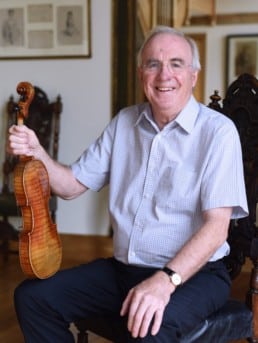The Slipped Disc daily comfort zone (84): Franckly speaking
mainThe ultimate conversation of violin and piano. The ultimate interpretation?


The ultimate conversation of violin and piano. The ultimate interpretation?

The Southwest Florida Symphony has announced closure. FORT…

The conductor, who is suffering from the recurrence…

A GoFundMe has been raised in memory of…

The violin world is in mourning for Charles…

Session expired
Please log in again. The login page will open in a new tab. After logging in you can close it and return to this page.
Comments